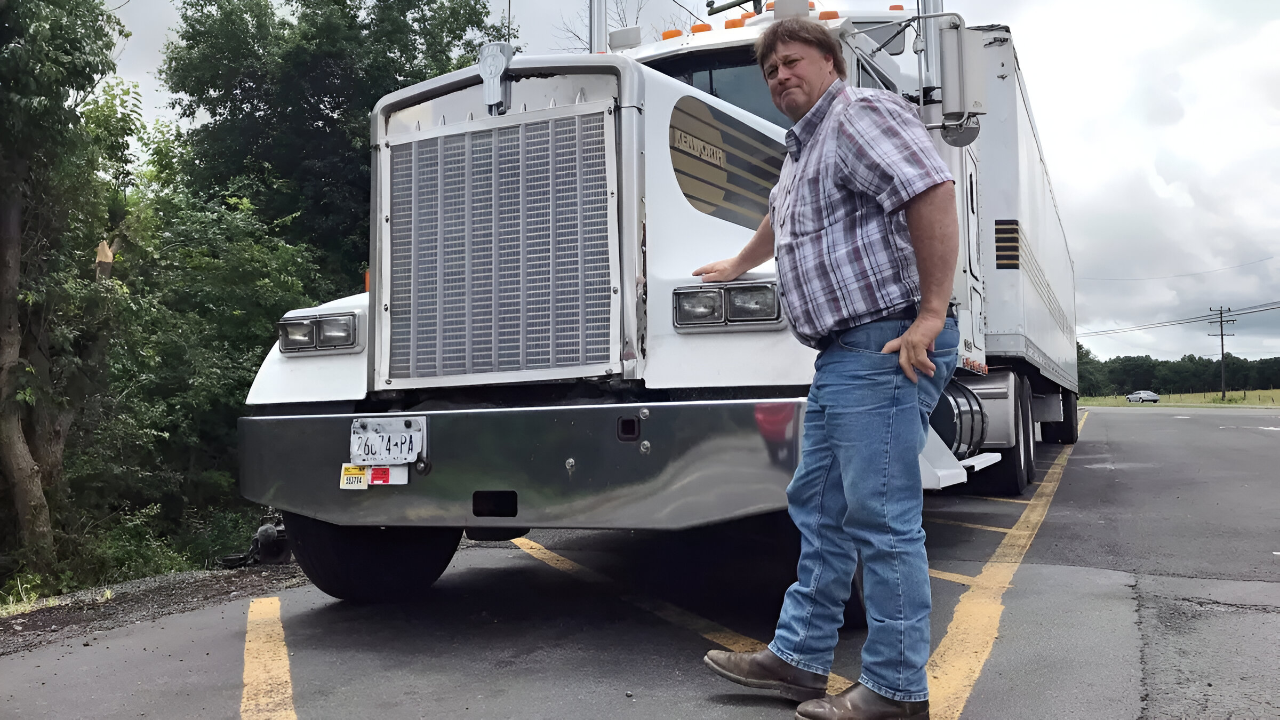
For hundreds of truck drivers, the call came without warning. On October 9, 2025, Montgomery Transport instructed drivers mid-route to “cease operations immediately.”
Truckers abandoned rigs across rest areas and truck stops nationwide as paychecks froze and diesel cards stopped working.
The Birmingham, Alabama-based flatbed carrier, which once employed around 1,000 people, declared Chapter 7 bankruptcy on the same day. The company’s abrupt liquidation became the most significant single trucking failure of 2025.
Supervisors instructed drivers near headquarters to return to Birmingham and told others to park their trucks and wait for updates that never came.
The Asset Base
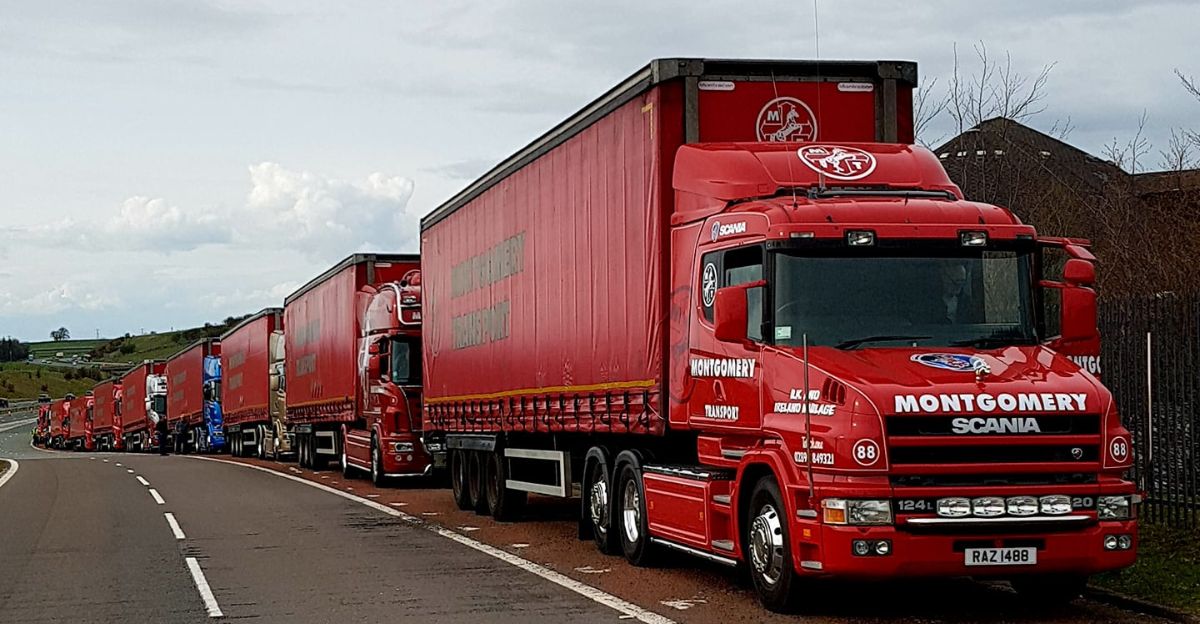
Montgomery Transport had been considered a major regional force in flatbed freight, hauling steel, lumber, and building materials across the South and Eastern U.S. According to federal safety data, Montgomery managed 449 trucks and 458 drivers under its central authority.
When it included its partner divisions, the company’s total fleet exceeded 600 tractors.
The company’s specialties included over-the-road flatbed shipping, heavy hauls, and logistics brokerage, making it a reliable brand for construction and manufacturing clients throughout the region.
Private Equity Retreat

The roots of Montgomery’s downfall date back to 2022, when the private equity firm One Equity Partners acquired the company. Initially, the acquisition seemed optimistic; freight demand was steady, and trucking profits were healthy.
However, by mid-2025, the investment had soured. One Equity Partners began pulling out of the trucking business entirely, blaming the collapse of freight rates, rising repair costs, and an aging truck fleet.
This wasn’t an isolated trend—many private equity investors who entered trucking during the pandemic boom were now retreating from what had become the worst freight downturn since 2008. Their timing could not have been worse.
The Failed Rescue
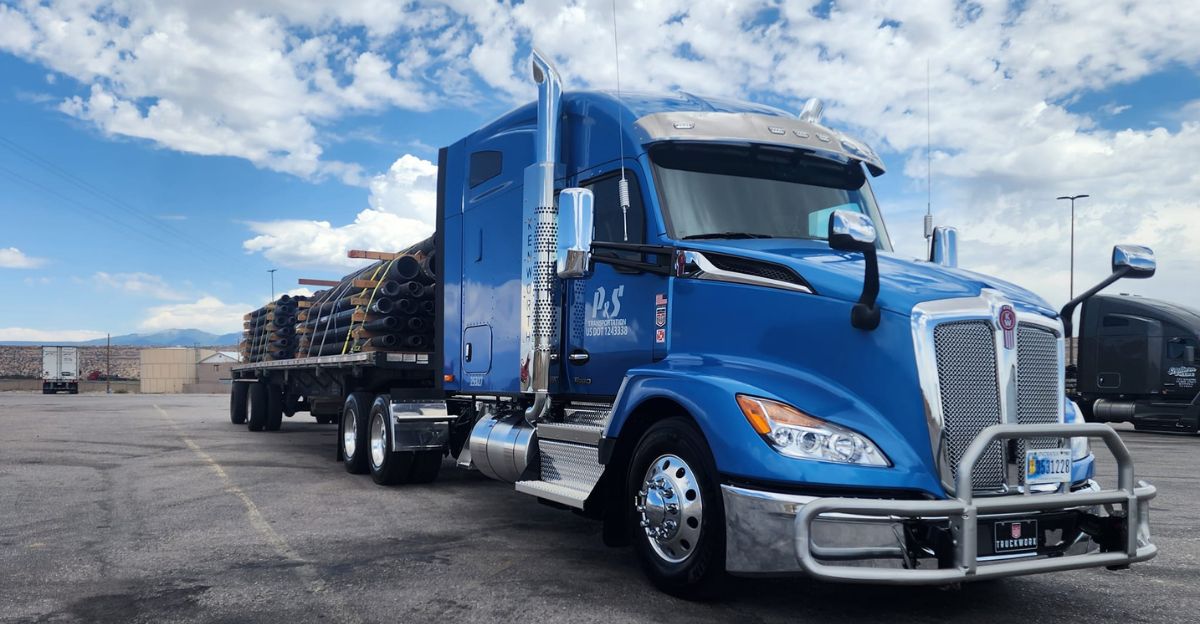
Negotiators nearly finalized a rescue deal to save Montgomery throughout the summer of 2025. Another Birmingham-based company, P&S Transportation, part of PS Logistics, agreed to purchase Montgomery’s assets.
The merger would have preserved most jobs and kept trucks on the road. The two carriers operated in the same regions with overlapping freight customers.
However, just one week before the scheduled closing, Rollins Montgomery, founder of Montgomery, filed for a temporary restraining order that blocked the sale. Lawyers filed the case in the Jefferson County Circuit Court in late September, and the uncertainty drove P&S away.
Without the sale, cash flow dried up, creditors tightened their terms, and the business unraveled within weeks.
Chapter 7 Liquidation

After the blocked sale, Montgomery’s management hoped to reorganize under Chapter 11 bankruptcy while keeping operations running long enough to redeem value. But by October 8, creditors disagreed on a restructuring plan.
The following morning, Montgomery Transport converted its case to Chapter 7 liquidation, resulting in an immediate shutdown and the sale of its assets.
Chapter 7 differs from Chapter 11 in that all operations cease instantly. The company stopped trucks, laid off employees, and prepared its trailers, terminals, and trucks for auction.
For most of its workers, the change meant instant unemployment without severance or transition pay.
Regional Devastation

Montgomery’s closure hit Birmingham hard. Approximately 400 office and support staff lost their jobs at headquarters, while 600 freight drivers across the South saw their incomes disappear.
Drivers earning $60,000 or more per year were suddenly unemployed. Local communities described the closure as a source of emotional devastation.
One former employee told CCJ Digital, “It felt like losing family.” Competitors, such as Western Express and Boyd Bros., began contacting displaced drivers for immediate hiring.
Still, the disruption came during the height of the financial year, leaving many workers scrambling to pay rents, car notes, and medical insurance.
Debt Exposure Revealed

Financial filings revealed the bankruptcy’s staggering scale. Montgomery Transport and its affiliates owed $26.7 million to two lenders based on loans extended in 2022.
The banks filed a lawsuit on October 17 requesting a federal court appoint a receiver to protect the company’s assets, warning that continued deterioration would “significantly diminish value.”
The loans, initially intended to recapitalize the business for expansion, became toxic as freight demand declined.
Even as trucks sat idle, interest costs continued to grow. The company’s once-strong balance sheet had morphed into millions in overdue payments by fall 2025.
Industry Contagion
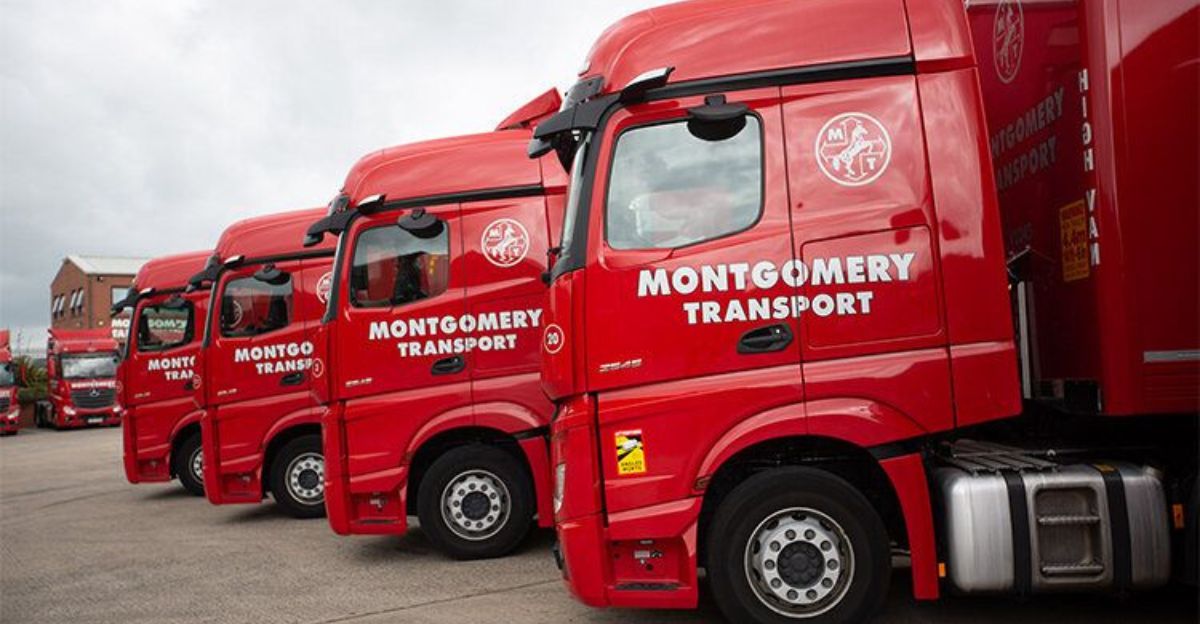
Montgomery’s bankruptcy was part of a wave hitting trucking carriers nationwide. Within October alone, multiple mid-sized carriers folded, citing the same bleak market conditions—low spot rates, delayed payments, and costly maintenance.
Smaller firms, such as Propel Trucking of Tennessee and R&R Transport of Texas, filed for bankruptcy the same week as Montgomery, both admitting that their fuel and labor costs were unsustainable.
Analysts recorded at least 36 company bankruptcies between June and September 2025, most of them regional operators built on tight cash flow. For drivers, it was the sharpest contraction since the pre-pandemic era.
The Parallel Collapse

Just three weeks later, another carrier, Epic Lightning Fast Service in California, shut down permanently on October 31, 2025, firing 116 workers. The West Coast company cited the exact causes—collapsed freight rates and an oversupply of trucks.
Dozens of similar stories rippled across the country that month. Independent operators were parking rigs and walking away from leases they could no longer service.
A trucking executive in Fresno told reporters, “You can’t pay $4,000 a month in truck payments when loads pay $1.75 a mile.” The pain spared no region—from Alabama’s steel haulers to California’s delivery fleets.
The Great Freight Recession Defined

Economists have begun referring to this downturn as the Great Freight Recession, a prolonged three-year decline that started in 2022.
After supply chain chaos made trucking unusually profitable during the COVID-19 pandemic, freight volumes plummeted once stores restocked and consumer spending returned to normal. Spot rates dropped 30% from pandemic highs.
What many called “the 2020 gold rush” had turned into famine, as fleets that expanded too quickly found themselves drowning in debt and underpriced loads.
This downturn surpasses even the 2019 trucking crisis for duration and severity.
Overcapacity Crisis

During the pandemic years, regulators granted 150,000 new trucking authorities as thousands of drivers launched one-truck businesses and bet on the surge in freight.
By 2025, despite many firms closing, truck capacity still exceeded demand by over 30%.
This excess capacity meant shippers could force rates even lower, squeezing smaller carriers into unprofitability. According to FleetOwner, indicators show gradual rebalancing, but recovery remains painfully slow.
Even after major shutdowns like Montgomery’s, excess trucks still clog highways and contract bids, delaying the return to stability.
Spot Rate Collapse
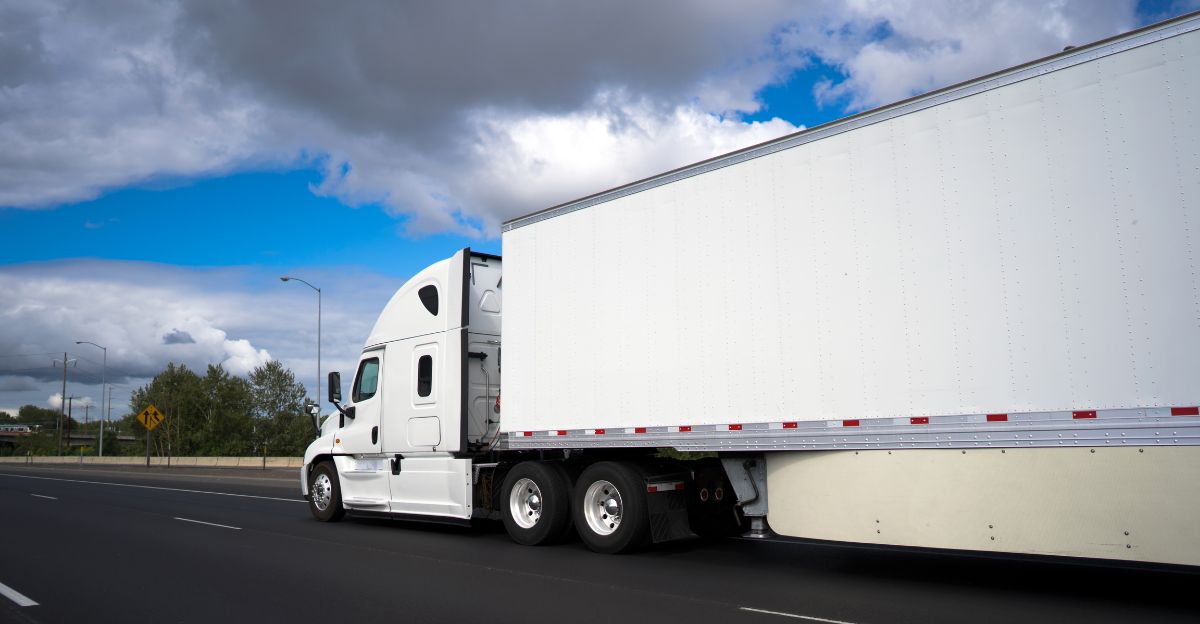
Dry-van spot rates fell to roughly $2.00 per mile in early 2025, inches above breakeven for most carriers. At the pandemic’s peak, those same lanes paid closer to $3.00 per mile.
Meanwhile, diesel costs, insurance, and truck payments barely declined. Freight indices, such as the Cass Freight Index and FreightWaves’ NTI, all confirmed a sharp 25% price crash, reducing truckload profitability to near zero.
Owner-operators with high equipment loans faced fierce conditions—many earned less than their monthly payments.
Cost Pressures Intensify

Even as revenue dropped, expenses refused to fall. Operational costs per mile stayed 30% higher than pre-2020 averages. Insurance proved the most significant pain point, driven by multi-million-dollar legal judgments against carriers.
Diesel prices, though easing from early-2024 highs, remained high by historical standards. Some desperate fleets skipped routine maintenance or hired inexperienced drivers to save money, only to face more accidents and higher repair bills.
As the analyst Bur described on WEX, “It’s stagflation in trucks—costs up, income down, and no way out.”.
Tariff Whiplash

New tariffs in 2025 didn’t help. The federal government’s 25% import duties on parts from Mexico, Canada, and China increased the cost of truck parts and new tractors by nearly 9%. Steel and aluminum tariffs also hit trailer manufacturers.
Rising costs trickled through the entire logistics system, making it more expensive to buy, maintain, or repair equipment.
Many small carriers delayed fleet replacements, leaving aging vehicles on the roads longer—raising breakdown risks and lowering resale values. In an industry already struggling for profit, tariffs made survival even more difficult.
Regulatory Squeeze

At the same time, regulators tightened driver policies. In mid-2025, the Federal Motor Carrier Safety Administration (FMCSA) began enforcing new English-language standards and strict CDL rules for non-U.S. domiciled drivers.
The crackdown, intended to improve highway safety, sidelined tens of thousands of drivers who were unable to pass language proficiency assessments.
Analysts estimate the new rules removed more than 200,000 drivers in under two years—ironically tightening supply during a time of weak freight demand.
Litigation and Nuclear Verdicts
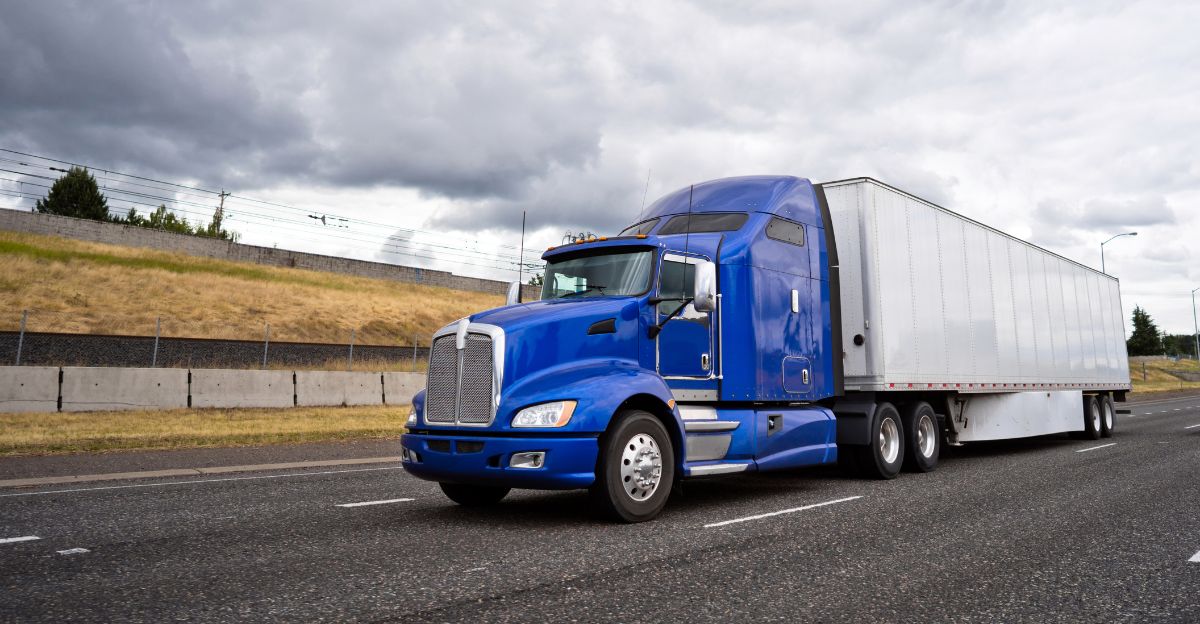
Trucking firms are also collapsing under the pressure of lawsuits. Major jury awards have become more common.
One example is Carroll Fulmer Logistics in Florida, which shut down in June 2025 after facing eight severe injury cases at once. Insurers are raising premiums even higher to offset legal risks, driving up costs for every operator, safe or risky.
Lawyers say lawsuits often stem from questionable claims or exaggerated damages; however, carriers must still pay defense fees, which can quickly deplete their finances.
Employment Bloodshed
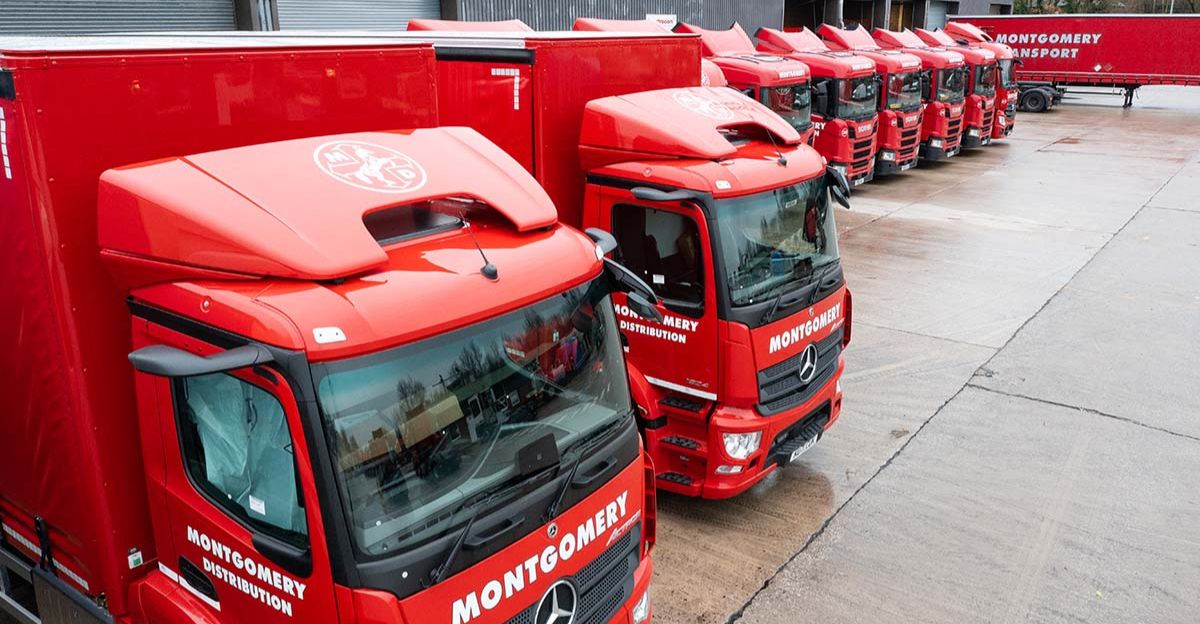
The closure of Montgomery Transport represented only a fraction of the massive nationwide job losses that occurred.
U.S. trucking payrolls have shrunk by tens of thousands in 2025, erasing most of the pandemic-era hiring gains. Canada lost 25,000 transportation jobs in the first quarter of 2025 alone.
For workers, it’s been a dramatic reversal from 2021’s driver shortage, when pay soared and signing bonuses topped $15,000. Now, with fewer loads to haul, wages have stalled, and companies are downsizing office staff as well.
Drivers who once held strong bargaining power are now competing for a limited amount of freight.
Public Perception and Misinformation

While Montgomery’s bankruptcy shocked the industry, social media made it viral.
Users flooded Reddit threads and YouTube trucking news outlets with comments, rumors, and conspiracy claims. Some blamed private equity; others saw it as proof the “American Dream for truckers” was over.
Influencers like Mutha Trucker News broke the story before mainstream media, sometimes mixing facts with speculation. Analysts urged the public to separate labor issues from the systemic crisis of low freight demand and the resulting truck surplus.
The truth lay somewhere in between: an overbuilt industry now paying the price for its pandemic-era boom.
Historical Precedent
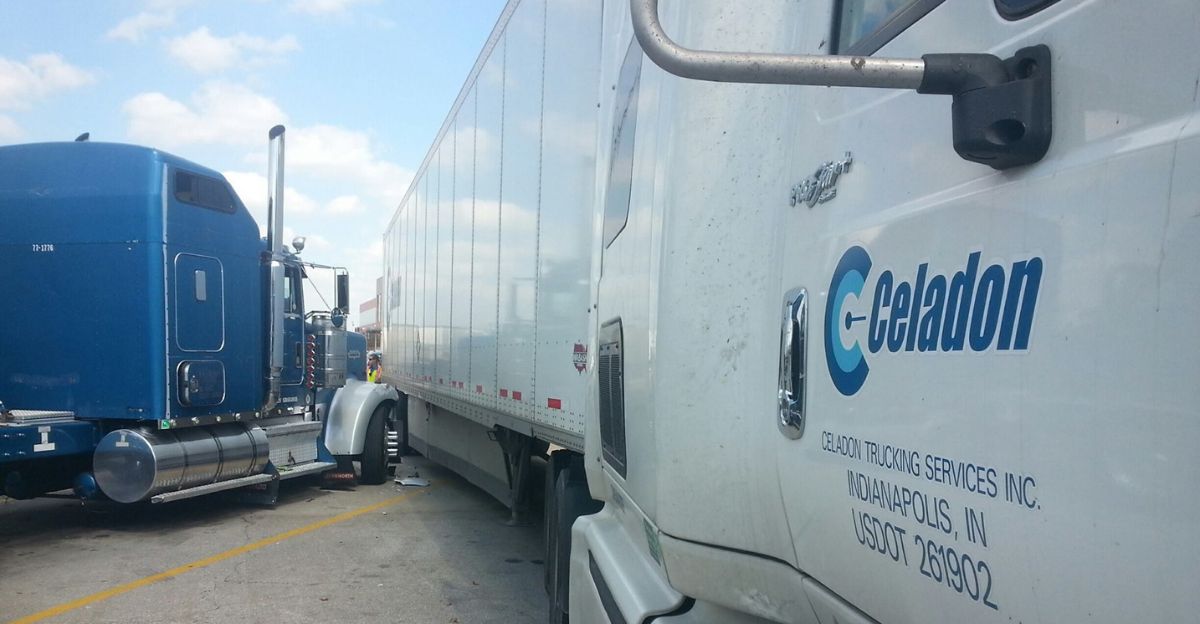
Trucking veterans compared 2025’s collapses to 2019’s infamous “bloodbath,” which saw nearly 800 company bankruptcies led by Celadon Group’s $500 million implosion.
Yet, the current recession is far more prolonged. Celadon’s crisis lasted 18 months; the present slump has stretched over three years, with hundreds more closures anticipated through 2026.
Bankruptcy attorneys predict carrier failures won’t slow until 2026 when rate balance and fleet reductions finally catch up with demand. Until then, analysts warn, more Montgomery-scale shutdowns are inevitable.
Brutal Arithmetic
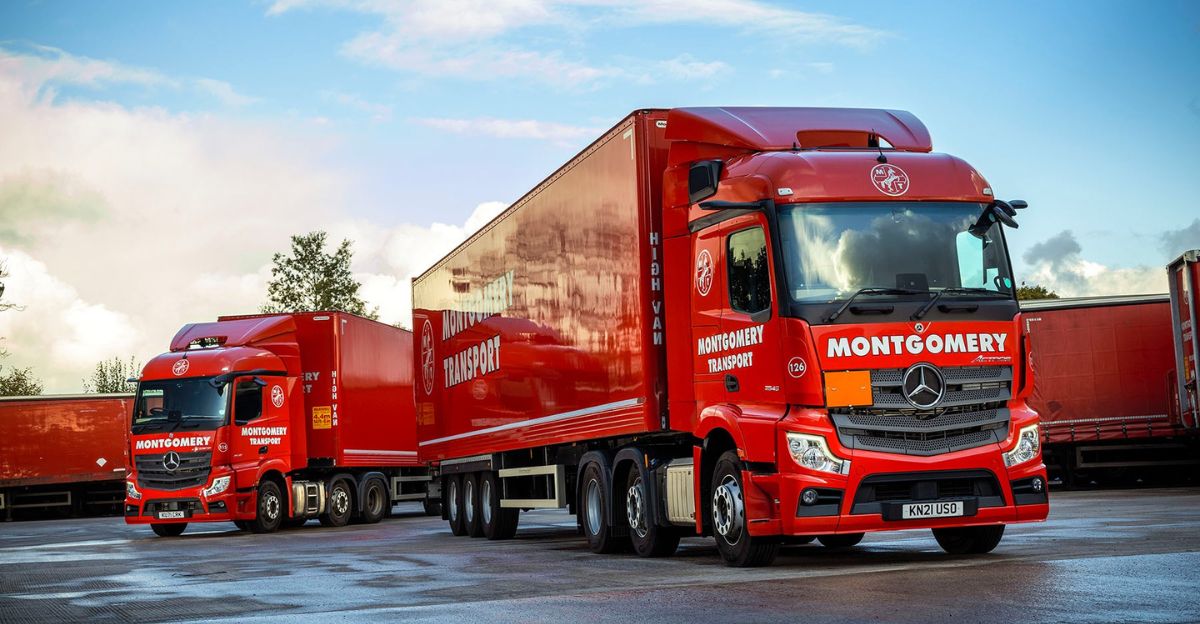
Montgomery’s bankruptcy encapsulates the freight industry’s crisis: weak demand, high costs, and eroded investor confidence.
Even medium- to large-sized carriers with hundreds of vehicles and loyal clients can’t survive when rates average $2.00 per mile and loans total $25 million.
Beyond numbers, it represents a human story—thousands of careers ended, mortgages endangered, and lifelong truckers stranded far from home.
For now, trucking remains the backbone of U.S. logistics, moving 72% of goods by weight. Unless demand strengthens or policymakers implement structural reforms, the Great Freight Recession will continue devouring carriers one shutdown at a time.